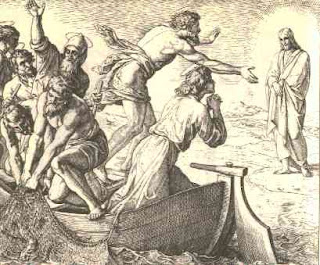Discovery and Publication of the Scrolls
For a very brief overview of the discovery of the scrolls and their subsequent publication,
read Geza Vermes Complete Dead Sea Scrolls in English, Introduction, pp 1-10 (For further in depth optional reading, James VanderKam, Dead Sea Scrolls Today, chapter 1).
Identifying the Community
 |
Philo of Alexandria
|
 |
Pliny the Elder
|
The scholarly consensus is that the Dead Seas Scrolls are somehow connected with the archaeological remains of Khirbet Qumran, a settlement near the shore of the Dead Sea. It has been postulated that Scrolls formed the library of an ancient Jewish sect that resided at Qumran and that the texts were hidden during the Jewish (War 66-70 C.E) and remained there until they were discovered in 1947. Some of the texts are clearly of a sectarian nature (that is, they seem to have come from a distinct sect of early Judaism), while other texts, such as the biblical texts, are non-sectarian in nature. Who were the people who wrote and copied the scrolls? Another scholarly consensus suggests that the inhabitants of Qumran were the ancient Jewish sect known as the Essenes. We know of the Essenes from several contemporary sources including the Roman geographer, Pliny the Elder, the Jewish historian, Flavius Josephus, and the Jewish philosopher, Philo of Alexandria. Each of them mention the Essenes. The identification of the remains of Khirbet Qumran as an Essene settlement is largely based on Pliny's location of their settlement. Our understanding of their community life, of the beliefs, rituals and customs, come largely from Josephus and Pliny. When the Scrolls were discovered, several documents, including the so-called "Manual of Discipline" or the "Community Rule" seemed reveal a community that looked very much like the Essenes described by Josephus and Philo. While there are many parallels, there are some significant differences.
Class Preparation:
 |
Flavius Josephus
|
Read through the handout that was emailed to you of the ancient contemporary descriptions of the Essenes- Then read the Community Rule (Vermes, Dead Sea Scrolls in English, pp 97-117).
- Try to identify the similarities and differences between the sources and ask yourself if there is enough evidence to identify the community who wrote the Scrolls with the Essenes.
- If someone were to ask you, who wrote the Dead Sea Scrolls, based on you reading of these sources, what would you tell them? It may be helpful to write a short paragraph (or half-a-dozen bullet points).






Comments